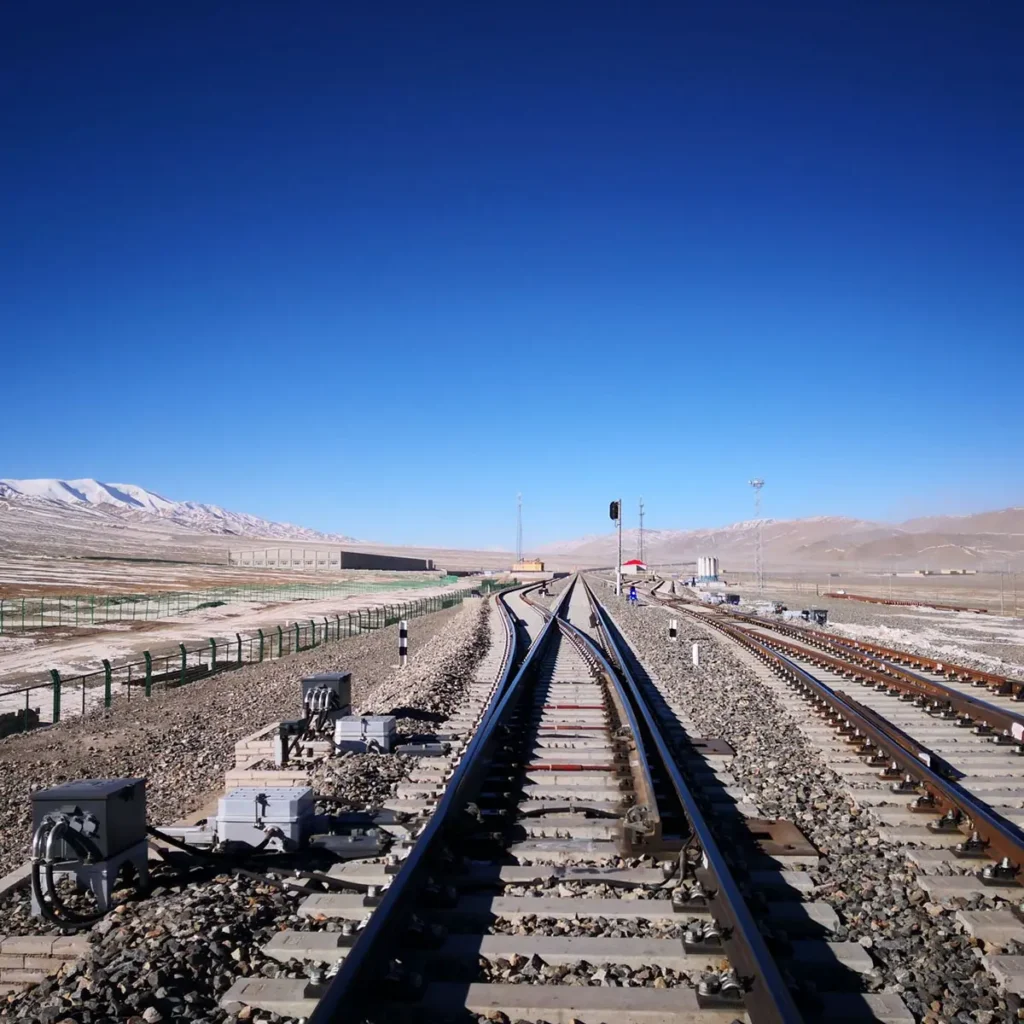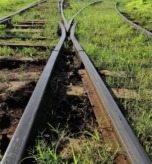Table of Contents
Introduction
Railroad turnouts, crucial components of railway infrastructure, facilitate the smooth transition of trains between tracks. As global rail networks expand, adhering to standardized design and operational guidelines becomes essential for safety, efficiency, and interoperability. In this article, we will explore the current global standards for railroad turnout design and operation, emphasizing their importance and implications for the future of rail transport.
1. Understanding Railroad Turnouts
Railroad turnouts, commonly known as switches, allow trains to change tracks. They consist of moving and fixed parts that work together to redirect trains safely. Understanding the mechanics of turnouts is essential for engineers and operators to ensure reliability and safety in rail systems.
2. International Standards and Guidelines
Various international organizations, such as the International Union of Railways (UIC) and the American Railway Engineering and Maintenance-of-Way Association (AREMA), have established guidelines for turnout design. These standards address factors such as geometry, materials, and maintenance practices, ensuring uniformity across different rail networks.

3. Design Considerations
Effective turnout design involves numerous considerations, including:
- Geometry: The curvature and angle of the turnout must accommodate different train speeds and types.
- Materials: Durable materials are essential for longevity and reduced maintenance costs.
- Safety Features: Incorporating features like derailment protection and signaling systems enhances safety.
4. Operational Protocols
Operational protocols dictate how turnouts are used in daily rail operations. These include:
- Regular Inspections: Scheduled inspections help identify wear and potential issues before they escalate.
- Maintenance Procedures: Consistent maintenance ensures turnouts function correctly, minimizing disruptions.
- Training for Personnel: Proper training for operators is crucial to safely manage turnouts.
5. Future Trends in Turnout Technology
As technology advances, the future of railroad turnouts looks promising. Innovations such as automated switching systems and improved monitoring technologies can enhance efficiency and safety. Moreover, the integration of smart technologies will allow for real-time data collection and analysis, leading to proactive maintenance strategies.
Conclusion
Global standards for railroad turnout design and operation are vital for maintaining the safety and efficiency of rail networks. By adhering to these standards, rail operators can ensure seamless operations and enhance the reliability of their services. As technology continues to evolve, the future of railroad turnouts will likely witness significant advancements, further improving railway infrastructure worldwide.

FAQs
A railroad turnout is a set of linked movable rails that allows trains to switch tracks.
Standards ensure safety, reliability, and interoperability across different rail networks.
Common materials include steel for rails and concrete or timber for ties, chosen for durability.
Regular inspections are crucial; typically, they should be checked at least twice a year, or more frequently depending on usage.
Innovations include automated switching systems and smart monitoring technologies for predictive maintenance.
Organizations such as the International Union of Railways (UIC) and AREMA establish these standards.






